expiredgrantfuhr posted Nov 25, 2022 01:57 PM
Item 1 of 5
Item 1 of 5
expiredgrantfuhr posted Nov 25, 2022 01:57 PM
10-Cup Zojirushi Neuro Fuzzy Rice Cooker & Warmer (White)
+ Free Shipping$156
$251
37% offAmazon
Visit AmazonGood Deal
Bad Deal
Save
Share
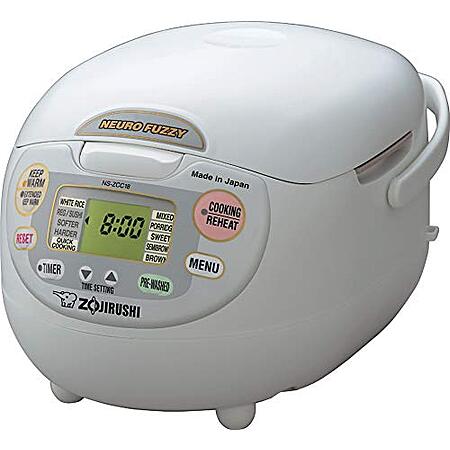
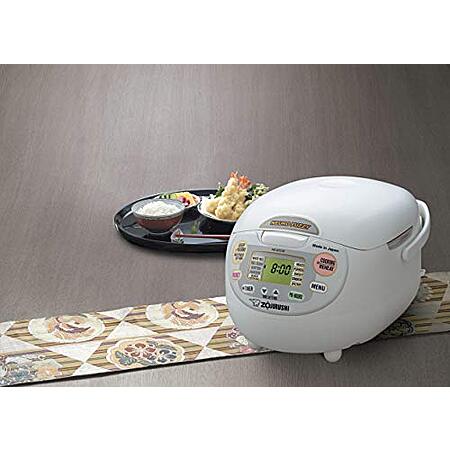
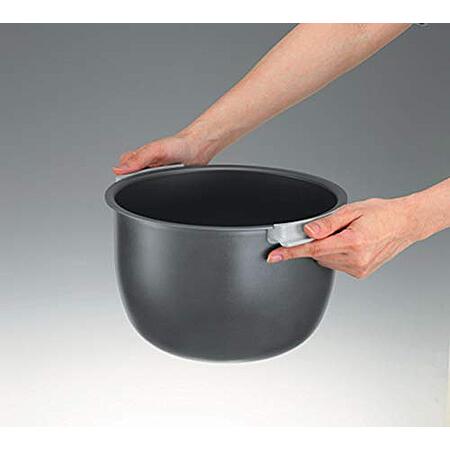
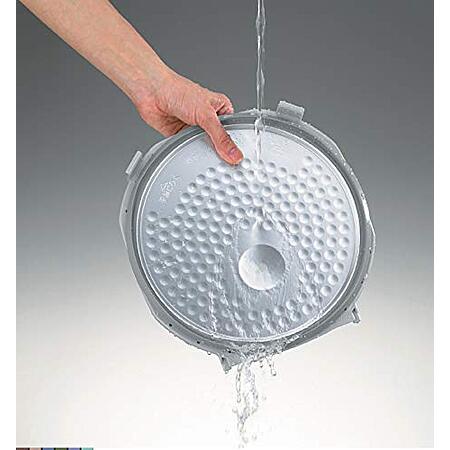
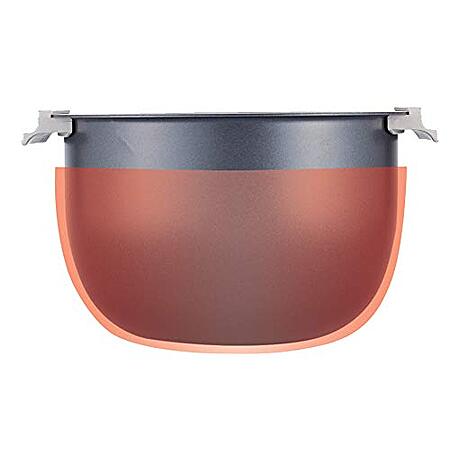





Leave a Comment
Top Comments
Fuzzy Logic rice cookers are based on approximation rather than precision and it's very common among rice cookers. Neuro-Fuzzy Logic is an extension of that which allows the rice cooker to "think" and make adjustments throughout the cooking process. It uses a micro-chip to make calculations and optimize the cooking.
If you own an Induction stove, you might be familiar with the process of induction. In a nutshell, it is a non-contact heating process that uses ferromagnetic materials to produce heat. Therefore, the heat is coming directly from the pan itself and not the stovetop. That is why you might have heard that not all pans are suitable for induction stoves. The same goes for rice cookers. The heat is coming from the bowl holding your rice instead of the plate underneath it, ensuring even distribution of heat.
Advantages
Induction ensures more even heat distribution than Fuzzy Logic by heating the entire inner pot rather than just the heating element beneath it.
Induction is more agile to temperature which allows it to increase or decrease the heat almost instantly and make precise adjustments.
It is usually faster to cook rice with Induction as there is faster heat conduction.
The rice tastes better and it's fluffier.
Disadvantages
Vastly more expensive.
Consumes more electricity than Fuzzy Logic
It's much heavier, so if you plan to store it and bring it out that might be an issue for you.
They are usually larger than Fuzzy Logic and take up more space.
Not ideal if you live alone as most tend to make rice for 3-4 people or more
Of course it also depends upon if you have the correct amount of water..Older rice (rice bought near the end of the year) tends to absorb more water than newer rice, so older rice may need more water. If the rice is a little dry from a newly bought bag of rice using the regular amount of water. Then the next time I make rice I just add a little more water..
32 Comments
Sign up for a Slickdeals account to remove this ad.
https://www.kohls.com/product/prd...d=7748147
https://www.kohls.com/product/prd...d=77481472 [kohls.com]
Sign up for a Slickdeals account to remove this ad.
https://www.kohls.com/product/prd...d=7748147
Care to elaborate on what about the induction makes the rice better? Would love to hear it.
Sign up for a Slickdeals account to remove this ad.
Our community has rated this post as helpful. If you agree, why not thank Fred001
Advantages
Induction ensures more even heat distribution than Fuzzy Logic by heating the entire inner pot rather than just the heating element beneath it.
Induction is more agile to temperature which allows it to increase or decrease the heat almost instantly and make precise adjustments.
It is usually faster to cook rice with Induction as there is faster heat conduction.
The rice tastes better and it's fluffier.
Disadvantages
Vastly more expensive.
Consumes more electricity than Fuzzy Logic
It's much heavier, so if you plan to store it and bring it out that might be an issue for you.
They are usually larger than Fuzzy Logic and take up more space.
Not ideal if you live alone as most tend to make rice for 3-4 people or more
Of course it also depends upon if you have the correct amount of water..Older rice (rice bought near the end of the year) tends to absorb more water than newer rice, so older rice may need more water. If the rice is a little dry from a newly bought bag of rice using the regular amount of water. Then the next time I make rice I just add a little more water..
Leave a Comment